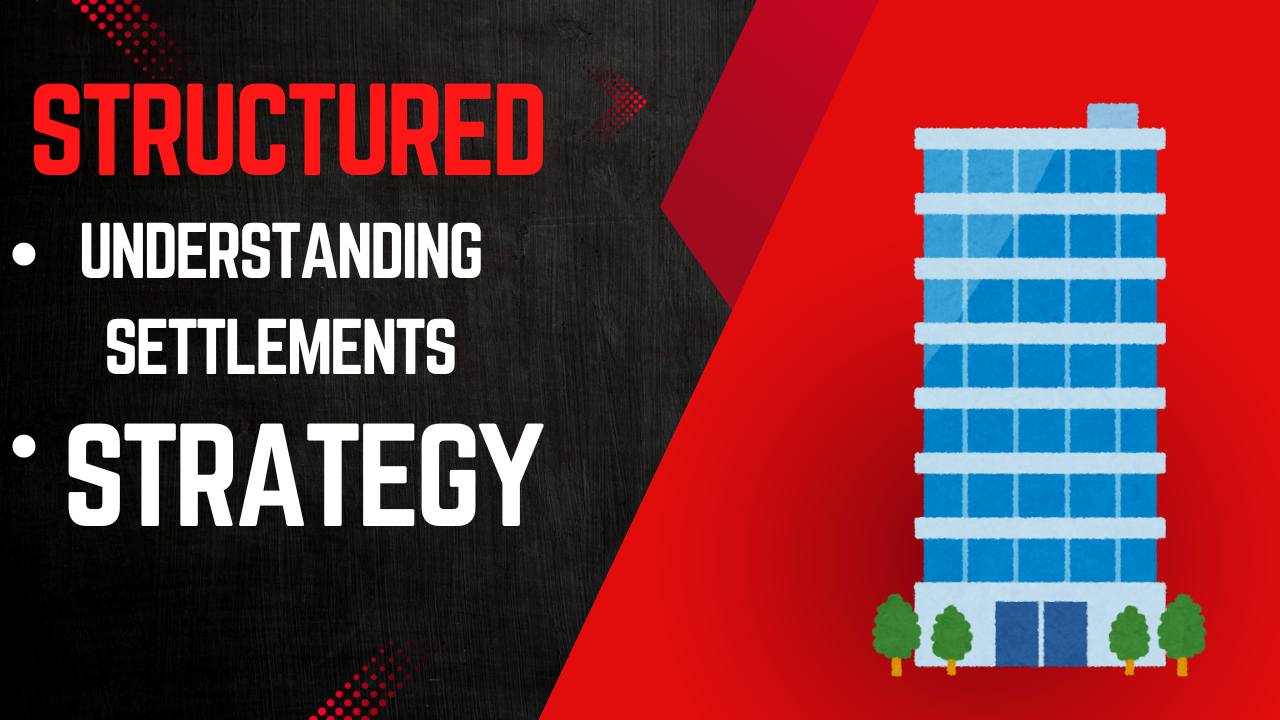Understanding Structured Settlements
Purchase structured settlements
Structured settlements are a financial arrangement designed to provide periodic payments to an individual who has won a legal claim or lawsuit, typically involving personal injury, medical malpractice, or wrongful death. These settlements are often used to provide long-term financial security, ensuring that the recipient receives a steady income over time. However, there are instances where individuals may consider selling their structured settlements for a lump sum of cash. This article explores the intricacies of structured settlements, their benefits, and the considerations involved in selling them.
What is a Structured Settlement?
A structured settlement is a financial or insurance arrangement in which a claimant receives a series of periodic payments over time, instead of a one-time lump sum payment. These settlements are often established as part of a legal settlement, particularly in personal injury cases. The payments are typically funded through the purchase of an annuity from a life insurance company.
### Benefits of Structured Settlements
1. **Financial Security**: One of the primary benefits of structured settlements is the financial security they provide. The periodic payments ensure a steady income stream, which can be crucial for individuals who are unable to work due to their injuries or other circumstances.
2. **Tax Advantages**: Structured settlements often come with tax benefits. In many cases, the payments are tax-free, which can result in significant savings over time compared to a lump sum settlement that may be subject to taxes.
3. **Customized Payment Plans**: Structured settlements can be tailored to meet the specific needs of the recipient. Payment schedules can be designed to cover ongoing medical expenses, living costs, or other financial obligations.
4. **Protection from Mismanagement**: Receiving a large lump sum of money can be overwhelming and may lead to poor financial decisions. Structured settlements help mitigate this risk by providing a controlled flow of funds.
Selling a Structured Settlement
Despite the benefits, there are situations where individuals might consider selling their structured settlements for a lump sum of cash. This process, known as factoring, involves transferring the rights to future payments to a third party in exchange for immediate cash.
#### Reasons for Selling
1. **Immediate Financial Needs**: Recipients may face unexpected financial emergencies, such as medical expenses, debt, or home repairs, which necessitate access to a larger sum of money than the periodic payments can provide.
2. **Investment Opportunities**: Some individuals might identify investment opportunities that require significant capital upfront and believe that selling their structured settlement will provide the necessary funds.
3. **Change in Life Circumstances**: Life changes, such as marriage, divorce, or relocation, may lead to a reassessment of financial needs, prompting the sale of a structured settlement.
Considerations and Risks
Selling a structured settlement is a significant financial decision and should not be taken lightly. There are several factors to consider:
1. **Discount Rate**: When selling a structured settlement, the buyer will apply a discount rate to the future payments. This means the lump sum received will be less than the total value of the structured settlement. It’s crucial to understand the discount rate and how it affects the overall value of the settlement.
2. **Legal Process**: The sale of a structured settlement typically requires court approval to ensure that the transaction is in the best interest of the seller. This process can be time-consuming and may involve legal fees.
3. **Reputable Buyers**: It’s essential to work with reputable companies or financial institutions when selling a structured settlement. Research and due diligence are necessary to avoid scams and ensure fair terms.
4. **Financial Impact**: Selling a structured settlement can have long-term financial implications. It’s important to consider how the loss of periodic payments will affect future financial stability.
The Process of Selling a Structured Settlement
The process of selling a structured settlement generally involves several steps:
1. **Evaluation**: The seller needs to evaluate their financial situation and determine how much cash they need. It’s advisable to consult with a financial advisor to assess the long-term impact of selling the settlement.
2. **Choosing a Buyer**: Research potential buyers and obtain quotes from multiple companies. Compare the discount rates and terms offered by different buyers to ensure the best deal.
3. **Court Approval**: Submit a petition to the court for approval of the sale. The court will review the terms of the sale and ensure that it is in the best interest of the seller. This process may involve a hearing where the seller must explain their reasons for selling.
4. **Receiving the Lump Sum**: Once the court approves the sale, the buyer will provide the lump sum payment to the seller. The seller can then use the funds to meet their financial needs.
Structured settlements offer a reliable and secure way to receive compensation over time, providing financial stability and peace of mind. However, there are situations where selling a structured settlement for a lump sum may be beneficial. It is essential to carefully weigh the benefits and risks, consult with financial and legal advisors, and choose a reputable buyer to ensure the best outcome. By understanding the intricacies of structured settlements and the selling process, individuals can make informed decisions that align with their financial goals and needs.

